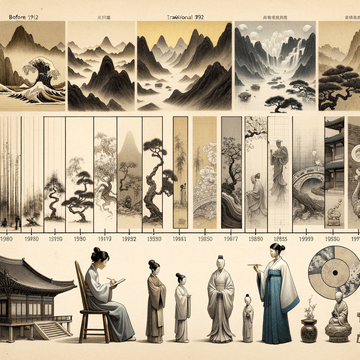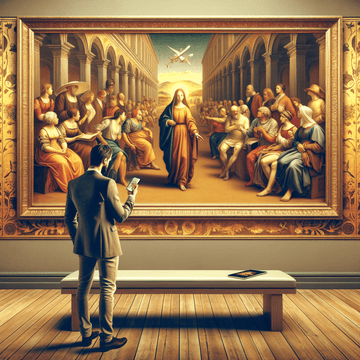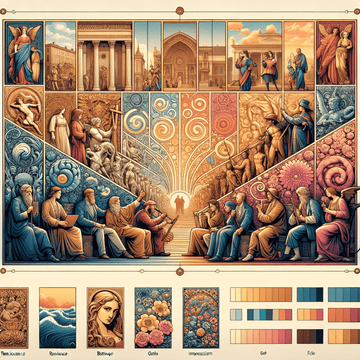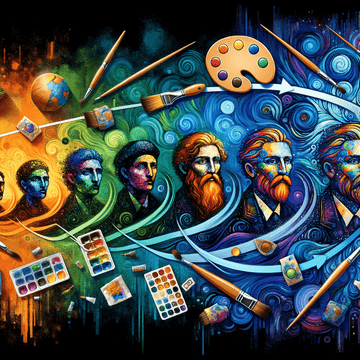The Journey of Asian Art: Traditional to Contemporary - Exploring the Evolution and Diversity
May 23, 2024

The Evolution of Asian Art Styles: From Traditional to Contemporary
Asian Art encompasses a rich variety of cultures, beliefs, and art forms. For centuries, it has enticed art lovers worldwide with its diverse mediums, striking aesthetics, and profound philosophical concepts. This blog post explores the fascinating journey of Asian art styles, from traditional to contemporary.
Traditional Asian Art
Traditional Asian Art is deeply rooted in spirituality, religion, and philosophy. From the intricate patterns of Islamic calligraphy to the colorful murals of Tibetan Buddism, these art forms were primarily created as devotional objects or ways to express deeper meanings of existence. Craftsmanship played a significant part in traditional Asian art, as seen in the meticulous Persian rugs, Japanese ukiyo-e woodblock prints, and Chinese silk paintings.
The Influence of Western Art
Starting from the middle of the 19th century, with the increase in trade and communication, Western art began to influence Asian art. Artists began incorporating western techniques like linear perspective and oil painting into their artwork. The hybrid form of traditional Asian themes executed in a Western style resulted in a distinctive genre, known as "Japonism" in Europe.
Asian Art in the Modern Era
With the advent of the 20th century, Asian artists experimented further with western forms and ideas. They established contemporary art forms distinct from the West, maintaining perhaps somewhat subtler references to traditional Asian aesthetics and philosophy. Korean Minjung art, a socio-political art form, and Chinese Political Pop represent two such styles that blended Western pop art with local themes to make powerful societal statements.
The Contemporary Scene
Today's thriving contemporary Asian art scene is hugely diverse. Influenced by globalization and technology, it spans from Takashi Murakami's Superflat movement that reflects post-war Japanese culture, to Ai Weiwei's politically charged works questioning authority and the status quo, to the vibrant aesthetics of Bollywood Art.
A new generation of artists continues to re-interpret traditional forms in the context of modern themes, keeping Asian art dynamic and relevant in today's world. Whether retaining traditional processes or embracing digital mediums, Asian art demonstrates an exciting blend of the old and the new, continuing its millennia-old journey of evolution.
Interested in exploring more art like what we've discussed today? Our collection offers a diverse range of styles, including Chinese Silk Painting and beyond. Feel free to dive into our world of artistic wonders by visiting https://metalposterart.com/collections/chinese-silk-painting. Whether you're looking to admire or to acquire, there's always something captivating waiting for you. We're excited to share our passion for art with you.




